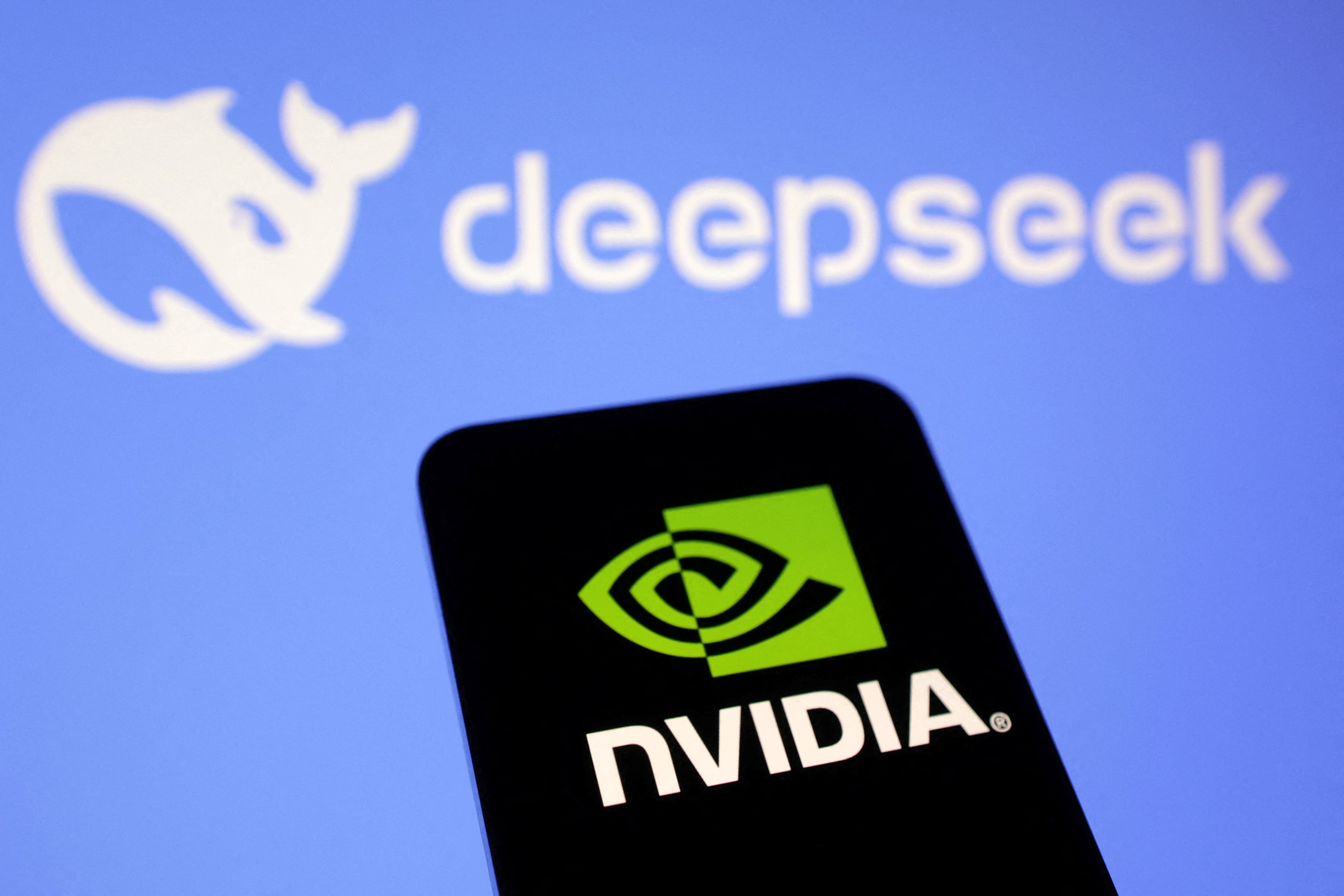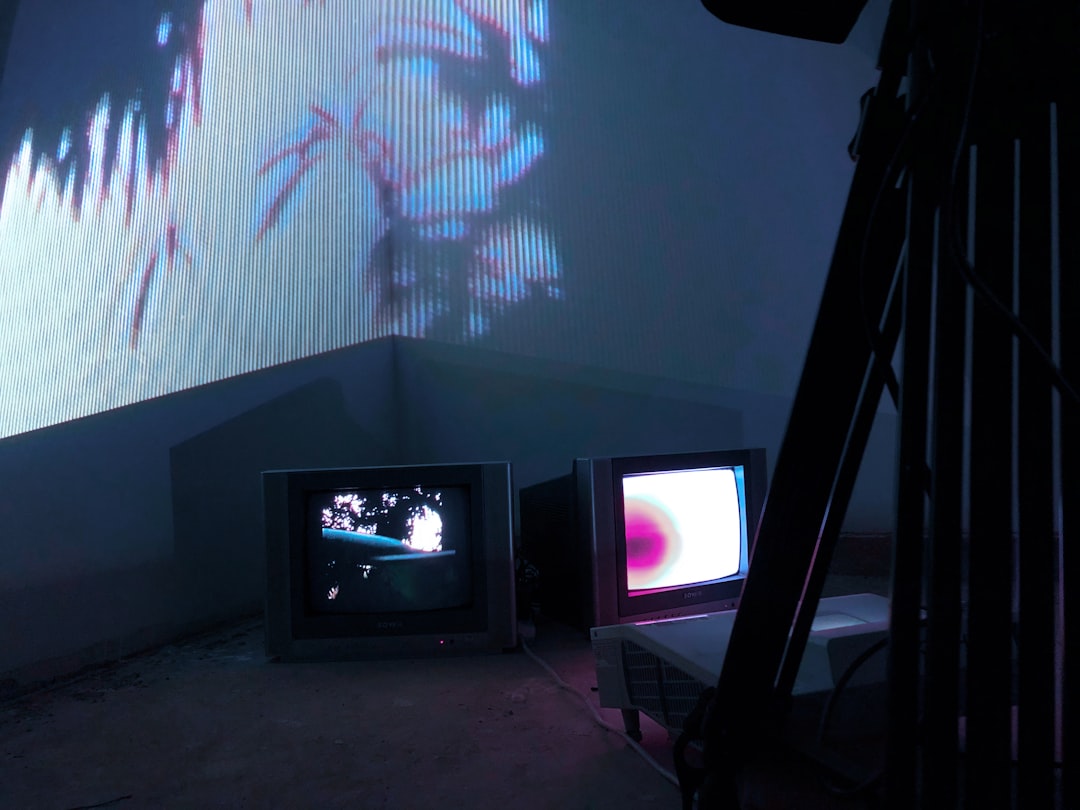National News
I Was One of Nvidia's Loudest Critics. Here's Why I Changed My Mind.
The Western Staff

For the longest time, my view on Nvidia was unequivocal. I was a professional skeptic, armed with a quiver of what I believed were undeniable truths. I would read the reports and nod knowingly, feeling like I was one of the few who saw through the hype. I wasn't quiet about it. I was convinced by the reports that premier AI clients like OpenAI were already hedging their bets, shifting workloads to Google's TPUs to escape Nvidia's supposedly tyrannical pricing. That, I argued, was the first crack in the fortress.
I pointed to the relentless headlines, particularly from outlets like The Motley Fool, about billionaire Philippe Laffont dumping 1.4 million shares. It was my go-to talking point, a simple and powerful symbol that the “smart money” was cashing its chips in before the inevitable crash. To me, it was a clear signal of a breathtakingly overvalued stock, a bubble inflated by pure mania. And I confidently repeated the thesis, championed by analysts on Yahoo Finance, that the plucky underdog AMD was destined to “close the competitive gap” by 2026. These weren't just passing thoughts; they were the pillars of my deeply held conviction that the Nvidia story was fundamentally flawed and misunderstood by the masses.
My perspective began to fray not with a single thunderclap, but with a slow, creeping realization. The catalyst wasn't a stock chart or a financial statement. It was a demonstration of something called Project GR00T, Nvidia’s foundation model for humanoid robots. I watched a presentation where digital robots were being trained in a simulated universe—an Nvidia Omniverse digital twin—to learn tasks, and then their learned behaviors were transferred to physical robots in the real world. Partners like Foxconn, one of the world’s largest employers of manual labor, were onboard. It struck me that my entire framework for analyzing the company was wrong. I was laser-focused on a single battle when Nvidia was busy building a new world.
This forced me to re-examine my most cherished criticisms, starting with the idea that AMD was on the verge of eating Nvidia’s lunch. The “closing the gap by 2026” argument always seemed logical on its face. AMD makes great hardware. In a few years, their chips will surely be comparable. But what I was missing, and what the robotics demonstration made viscerally clear, is that Nvidia isn’t in the business of selling chips. It’s in the business of selling an entire ecosystem. That ecosystem is CUDA, a software platform that has been meticulously built and refined for over fifteen years. An entire generation of AI researchers, data scientists, and developers don't just use CUDA; they think in CUDA. The world’s critical AI infrastructure is built on it. AMD making a faster chip in 2026 is like someone building a brilliant new engine that only runs on a type of fuel no one has and can't be installed in any existing car. The competitive gap isn't a hardware spec that can be closed in two years; it’s a chasm of software, developer loyalty, and installed infrastructure that is decades wide. Seeing Foxconn and Cyngn build their robotic futures on Nvidia’s platform showed me that the moat wasn’t the silicon; it was the universe built on top of it.
With this new lens, my view on the “overvaluation” narrative began to crumble. The story of Philippe Laffont selling shares had always been my trump card. But I realized I was guilty of aggressive cherry-picking. I was focusing on one investor's portfolio rebalancing—an act that could be driven by a thousand personal financial reasons—while ignoring the much larger story. Laffont's fund still holds a massive position in Nvidia. More importantly, I was evaluating the company as a traditional hardware manufacturer. That's like evaluating Amazon in 2005 as just an online bookstore. Nvidia is not just a chipmaker. It is positioning itself as the essential infrastructure provider for the next industrial revolution. The Total Addressable Market isn't just gaming and data centers; it's autonomous vehicles, drug discovery, climate change modeling, industrial digitalization, and robotics. When you see the company as the provider of the core platform for all of these multi-trillion-dollar shifts, the valuation no longer looks like mania. It starts to look like a rational bet on the company building the very foundation of our future economy. The “checkmate” argument I had once scoffed at suddenly seemed far less hyperbolic.
Finally, I had to confront my belief that OpenAI’s use of Google TPUs was the canary in the coal mine. This was the narrative that suggested Nvidia's indispensability was a myth. But my shift in perspective revealed this for what it was: a sign of a market that is expanding at a jaw-dropping rate. This is not a zero-sum game. The global demand for AI compute is so astronomical, so explosive, that it can support multiple massive players. A key customer like OpenAI using a competitor's product for certain workloads to optimize costs is not a sign of defection; it's a sign of a healthy, maturing, and frankly, gargantuan market. The fact that the AI pie is growing so fast that Google can build a thriving TPU business and Nvidia can still have a year-long backlog of orders is perhaps the most powerfully bullish signal imaginable. Nvidia isn't losing a slice of the pie to a competitor; the pie is expanding into a banquet, and there are more than enough seats at the table.
It’s a humbling experience to dismantle your own long-held beliefs. My skepticism was built on simple, digestible headlines that fit a familiar pattern of market cycles and competition. But the story of this technological shift isn’t a familiar one. It requires you to look past the noise of a single stock sale or a competitor’s press release and see the tectonic plates of industry moving beneath the surface. I won't pretend to have a crystal ball, and I know that significant business risks will always remain. But I can no longer stand by my old arguments. My journey forced me to stop seeing a company selling overpriced shovels in a temporary gold rush, and to start seeing the company that is methodically building the railroads, the power grid, and the factories for a whole new economic era. And that is a truth I was wrong to ignore.


